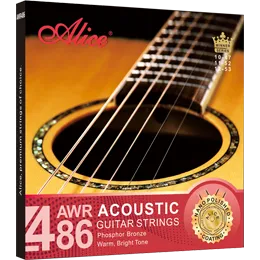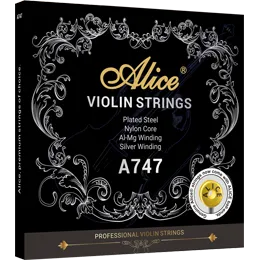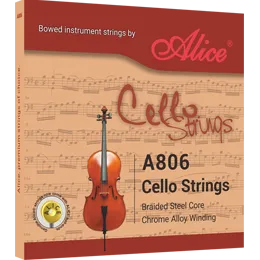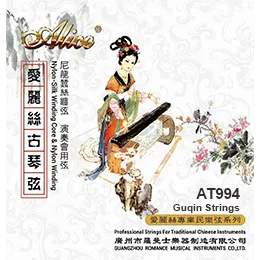Everything You Should Know about an 8-String Mandolin
When you think of bluegrass, you picture fast flat picking, fast tempos, and tremolo. Bluegrass is a genre of music that includes a unique blend of country and folk style sounds and rhythms that began in the Appalachian Mountains. It was inspired by the hard mountain lifestyle. Many people refer to Bill Monroe, a Kentucky-born musician, as the “Father of Bluegrass Music” since he was the first to popularize the genre of music. His instrument of choice was a 1923 Gibson F-5 mandolin, an 8-string mandolin that stayed with him for his entire musical career.
The mandolin is important to bluegrass since it is part of the unique tone and style that the genre creates. Compared with 4-string mandolins, the 8-string mandolin offers a richer, longer-lasting sustain. The 4 extra strings also create a natural tremolo effect that gives a brighter, warmer sound. Its smaller size and design also make it a fun and easy stringed instrument to learn. Without a doubt, mandolins have made their place in various genres and styles of music.

6 Styles of Music to Play On the 8-String Mandolin
Bluegrass
The mandolin is popular in the bluegrass because it carries the melody in many songs. The mandolin is unique for its rich, high pitch tone, and it makes a great contrast to the deeper bass of guitars and the double bass. Its sustain is also long enough to be used to play chords in strumming or fingerstyle.
Popular bluegrass songs:
· “Blue Moon of Kentucky” — Bill Monroe and the Bluegrass Boys
· “Walk Softly on This Heart of Mine” — Bill Monroe
· “Rocky Top” — Osborne Brothers
Folk
Folk music is famous for its catchy rhythm. This style of song and music wants to create a story, and many instruments can participate in the process. The mandolin is a popular choice since it has a rich treble that mixes well with any other stringed instrument, including violins, guitars, double bass, and banjo. Many musicians prefer the 8-string mandolin over the 4-string since it is easier to create a tremolo effect.
Popular folk songs:
· “Tarantella Napoletana” — Italian musical riff as seen in the Godfather
· “Mr. Tambourine Man” — Bob Dylan
· “Tom Dooley” — The Kingston Trio
Dixieland
As in other forms of jazz, Dixieland follows a loose chord progression that involves a lot of improvisation. The banjo and mandolin are common additions to any traditional Dixieland jazz musical composition. With a mandolin, you can play lead or accompaniment in some sections by using tremolo and rhythmic strumming. Plus, the 8-string mandolin contrasts beautifully against the trumpet, clarinet, and other wind instruments found in Dixieland jazz.
Popular Dixieland songs:
· Hello Dolly — Extra Dixie Jazz Band
· Georgia on My Mind — Extra Dixie Jazz Band
· Muskrat Ramble — Extra Dixie Jazz Band

Celtic
Celtic music dates back to the 1600s, and its use of various string instruments, wind instruments, and drums gives it a spiritual and calming feeling. Many musicians still play and continue to develop this genre of music. Mandolins are a great instrument for this genre because they help to create a relaxing and spiritual effect. A lone 8-string mandolin is enough to play many Celtic melodies and songs.
Popular Celtic songs:
· “Bea’s Waltz” — The Bow Tides
· “Take Some Fire” — Firebrand
· “Purple Flower” — St. Patrick’s Day
Jazz/Jazz Manouche
Jazz, especially Jazz Manouche, is about creating an uplifting and “swing-like” rhythm. The melody often changes and frees the 8-string mandolin to many kinds of strumming techniques. This style is great to learn for mandolin players because it allows the musician to use tremolo and its natural tone to create an authentic jazz sound.
Popular jazz songs:
· “Caravan” — Duke Ellington
· “Stardust” — Django Reinhardt
· “Sing Sing Sing” — Benny Goodman
Classical
The 8-string mandolin works amazingly well with the melodies of classical pieces. Its warm and higher tones provide a soothing sound that draws the attention of any listener. Any mandolin is a great choice for classical players since it is simple to play and learn.
Popular classical songs:
· “Sonata No.1 in G Minor” — Bach
· “Partita No.1 in B Minor” — Bach
· “Symphony No. 5” — Beethoven

How to Properly Set Up Your 8-String Mandolin
For the best tone and sound, it’s important to know how to adjust your mandolin to get the most from your instrument. This will also help with playability and being able to enjoy your instrument.
1 Adjusting the action
Action is the height that the strings on a mandolin or other stringed instruments sit over the fretboard. Having a lot of action means having to push down harder. Over time, this makes playing hard and not fun. Too little action will cause unwanted buzzing and make your 8-string mandolin sound bad.
To adjust: On the bridge of your mandolin, you should be able to turn a knob that will lower or raise your strings away from the fretboard. You must find a height or amount of action that is comfortable for you to play. The other way is to adjust the front nut of the mandolin, but this is a more advanced setup that should be done by a professional.
2 Tuning the intonation, harmonic, and fretted notes
Intonation is how well your instrument sounds “in-tune” when you play anywhere on the neck. This could be affected by an improperly placed bridge of the mandolin. If your intonation is good, the fretted 12th fret should sound like the natural 12th fret harmonic notes.
To adjust: If the fretted 12th note is too high, the bridge needs to be moved back, away from the neck of the mandolin. If the fretted 12th note is too low, the bridge needs to be moved slowly towards the neck.
3 Adjust the bridge height and angle
Adjusting the bridge height might be done by raising or lowering the bridge, but the angle could be affected by other factors. For example, your nut could be worn, causing the angle of the strings to be different for one or more strings. Another issue could be that the neck of the mandolin is warped or curved.
To adjust: Serious issues that require more than a little shifting of the bridge should be taken care of by a professional. However, there are three things to adjust if the action or angle of the strings is causing problems. The first thing is adjusting the nut. Inspect for wear and fix or replace if needed. The second thing is looking at the bridge and making sure the bridge is seated correctly. The third thing is to see if the mandolin has a truss rod. This will loosen or tighten the neck and change the angle of the neck.
Taking care of your mandolin starts with knowing how it works. The areas discussed are important but having the right strings is a simple and easy fix to dull-sounding mandolins. We recommend Alice’s AM08 mandolin string set because they are some of the best mandolin strings that are made to last longer and sound great. They are light strings that make fretting easier, and their anti-moisture coating helps prevent rust and grimy strings.

Checkout Amazing Strings from Alice
Alice focuses on creating high-quality accessories for many instruments. We offer more than 2000 products that we are proud to provide all over the world. We offer strings for all kinds of mandolins and stringed instruments. Are you a musician with more than one type of instrument and looking to perform a better tone without having to buy a new instrument? Try our top-quality string sets for all your instruments now!
Relate News


Introducing Alice Strings: Elevating the Art of Sound with Premium Instrument Strings

Daniele Defranis Visited Alice for Feeling the Best Classical Guitar Strings
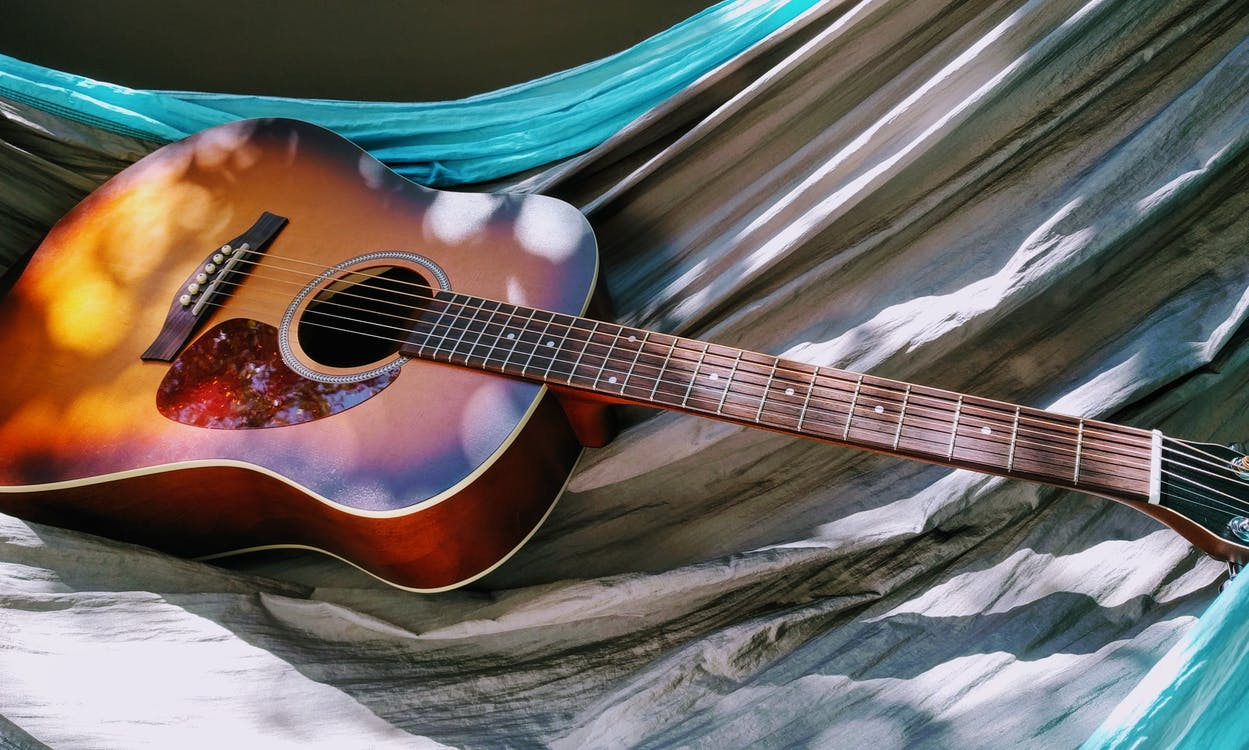
The Complete Guide to the Types of Guitar Strings
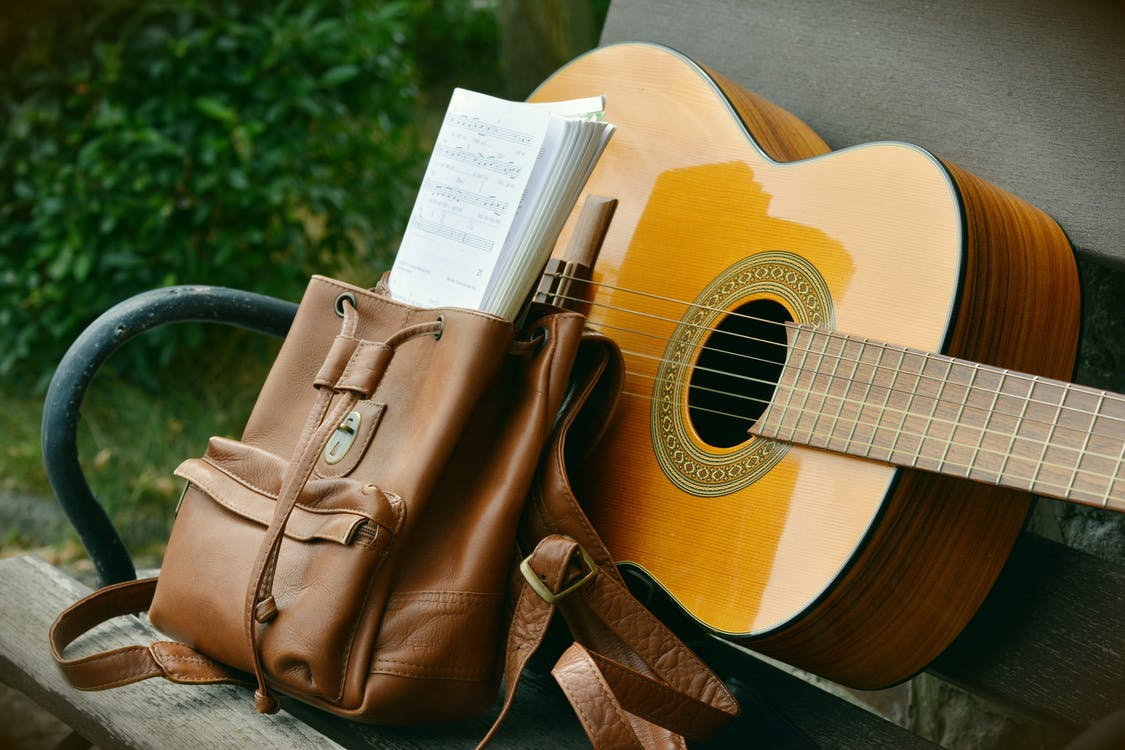
Guitar Strings Guide: Everything You Need to Know

Music China 2019 | Alice Strings Attended The Show Flawlessly, and we look forward to seeing you again next year!

从中国走向世界,Alice琴弦倾情赞助第33届德国伊瑟隆国际吉他艺术节!

以弦为媒,连接世界!Alice&Winner琴弦助力第八届秦岭国际吉他艺术节

Alice&Winner琴弦闪耀2025上海国际吉他艺术节,共筑音乐梦想!

Let the world listen to the music of China | Guangzhou Romance attended the Music China 2019 with Alice strings

We attended the 16th Music Guangzhou (2019)







